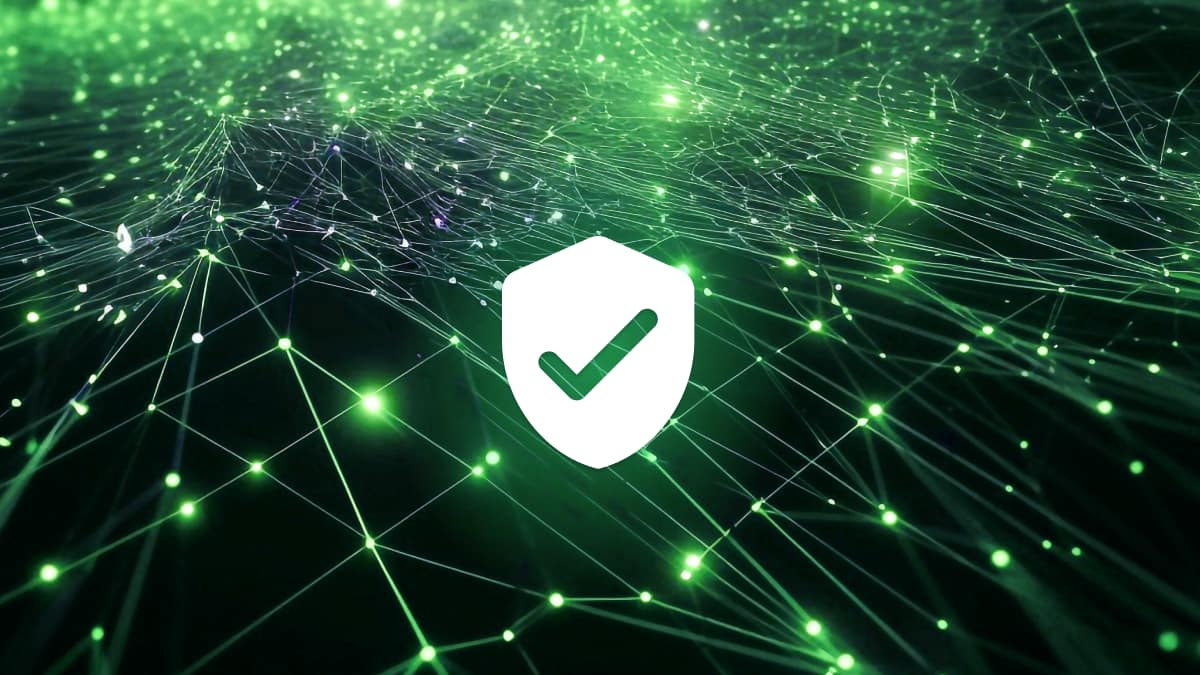When HelpSystems surveyed 250 CIOs and CISOs in financial institutions to learn about their top cyber concerns and challenges, 35% of respondents cited insider threats as having the potential to cause the most damage in a year.
This statistic is representative of the pervasive fear financial institutions have of insider security threats, which could prove to be quite costly to them as the average data breach costs an organization $4.37 million (IBM’s Cost of a Data Breach Report 2020).
It’s very easy for insider security threats to come to fruition in financial organizations because of a number of common mishaps that may occur. However, these are avoidable. Read our article to learn more about the most common threats and how they can be prevented.
The most common threats to financial companies today
Awareness is an important step in tackling cybersecurity threats. Financial institutions are at risk of a few common threats:
Data theft: An insider threat may occur in the form of a malicious and intentional form of insider theft in which a bad actor who works for the bank steals information. They can do this for financial gain or because they hold a grudge against the company.
Accidental theft: Accidental insider thefts happen too, in the form of phishing emails or other forms of trickery that cause an employee to divulge sensitive company information, such as a password or financial information.
External theft: There are also threats in the form of an outside actor hacking into an employee’s credentials and using their account to attain information.
Redirecting consumers: More advanced forms of cybersecurity use phishing attacks on consumers, directing them to access their banking information, using an alternative link.
These are all among the common threats to security that can harm a financial institution. Some of these threats are easier to control, while others can be a challenge because they occur mostly from insider threats. While you can implement security measures that effectively keep outsiders out, this does little if internal employees are intentionally or accidentally inviting outsiders into the system.
Even with strict policies in place, employees can still unknowingly click links or access data from an unsecured location. Whether the financial institution’s information is being targeted using malware, phishing or email fraud, ransomware, denial-of-service (DDoS) attack, or a watering hole technique, these threats can be a great risk to financial institutions.


Insider threats can be especially problematic in the workplace because the source of the threat is not always obvious. Most internal threats are broken down into a few types: an accidental leak, misuse of privilege, or intentional data theft. There are multiple ways these types of attacks can occur, but most of the risk can be minimized with the right strategies in place.
Why are insider threats so common?
The sheer volume of data shared through SaaS applications means that companies need to keep tabs on sometimes hundreds of SaaS applications going on at once, as well as between 200 to 501 employees, using 123 SaaS apps.
This means that they have to keep tabs on 2,700 app-to-person connections on average. This doesn’t even include the amount of SaaS apps that are integrated through APIs. The large amount of data shared on a daily basis is what makes it hard to stop instances of cyberattacks in the form of insider security threats because of the popularity of phishing emails and other cyber threats.
Additionally, changing business landscapes and work environments further puts companies at risk. In fact, an estimated 65% of large financial services companies have experienced at least one cyberattack, just in the last year. As more companies move to a remote setting, it can be difficult to monitor security when employees are logged into business systems. The easiest way to quickly move employees to a remote setting requires confidential data and systems to be loaded into cloud applications.
With the virtual working world being new to many, it leaves many businesses wondering how to secure their data better. Security of data while working remotely has quickly moved up to placement number two of security threats, following a threat to supply chain weaknesses.

What are companies doing about insider threats?
The first step to stop insider security threats is security awareness training, which is designed to help employees identify threats, including outsiders seeking to steal credentials, or employees who are bad actors. Security awareness should be customized according to different departments and roles, identifying the most common threats for each. This is the most effective way to stop accidental insider threats and credential theft, as well as malicious insider threats.
Recognizing the biggest threats to the individual company is also important. In a recent survey, studies found that some programs were more often targeted, with Dropbox leading at 59%, and Google Workspace at 25%. Other SaaS programs at risk include Slack, GitHub, and BitBucket.
Increasing security budgets may be a crucial step in identifying and improving the security of financial institutions. Organizations should also have data loss prevention solutions in the form of intelligence that helps teams understand when data is at risk. These should identify and catch insider threats quickly, reducing risks to businesses.
A diverse approach to security
Most importantly, as the world continues to present new security challenges, a diverse approach to cybersecurity needs to be taken. Rather than focusing on one approach, businesses will need to develop new strategies, including things like:
- Security awareness.
- Security education and training.
- Increased expertise.
- Cybersecurity solutions.
The unique challenges of today’s digital landscape may also require some businesses to outsource these services, as well as add a layer of protection with security solutions. Companies who may be hesitant about increasing their information technology or cybersecurity budgets may need to weigh the potential costs of a data breach. A data breach could result in a couple hundred thousand dollars, up to millions of dollars.
Wrapping up…
There are many forms of insider security threats that may crop up and put your organization at risk. Whether it be intentional or accidental, your security is at risk if you don’t implement the right measures to stop threats.
Fortunately, once a security plan is in place and a business has the expertise needed to identify and overcome security threats, most businesses feel more confident. Whereas approximately 95% of businesses feel they are at risk of a significant security breach, only 46% report feeling the same when working with a Managed Security Service Provider. Much of this assurance comes from the reliance on a dedicated team of security professionals who are constantly monitoring the business for threats.
One thing is certain, as technology continues to be an important resource in managing data, cybersecurity threats will become more intuitive and harder to prevent. A multi-faceted approach is the best, and most effective, approach to security.








